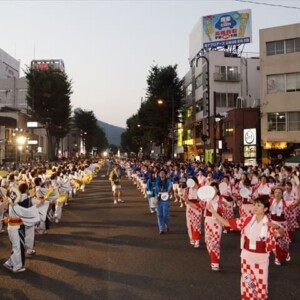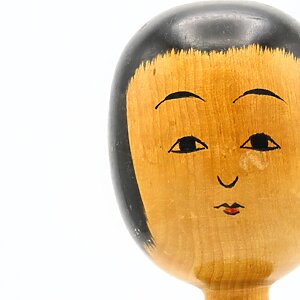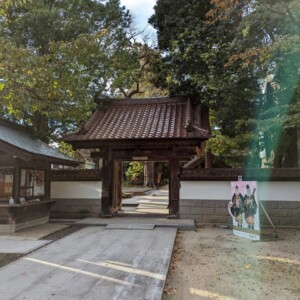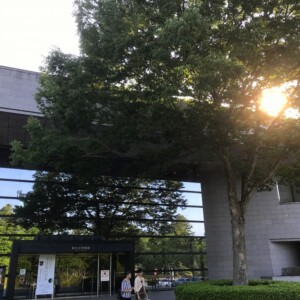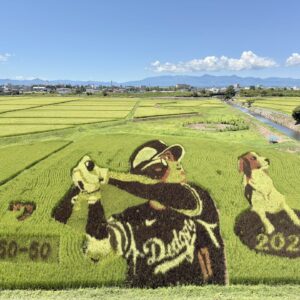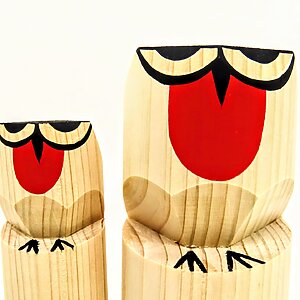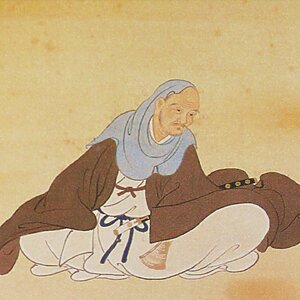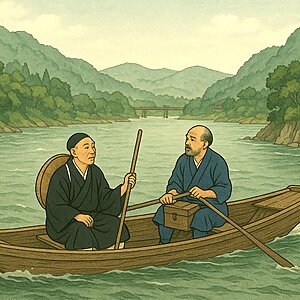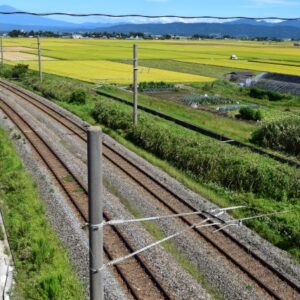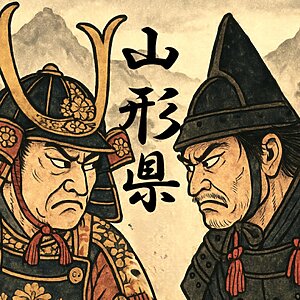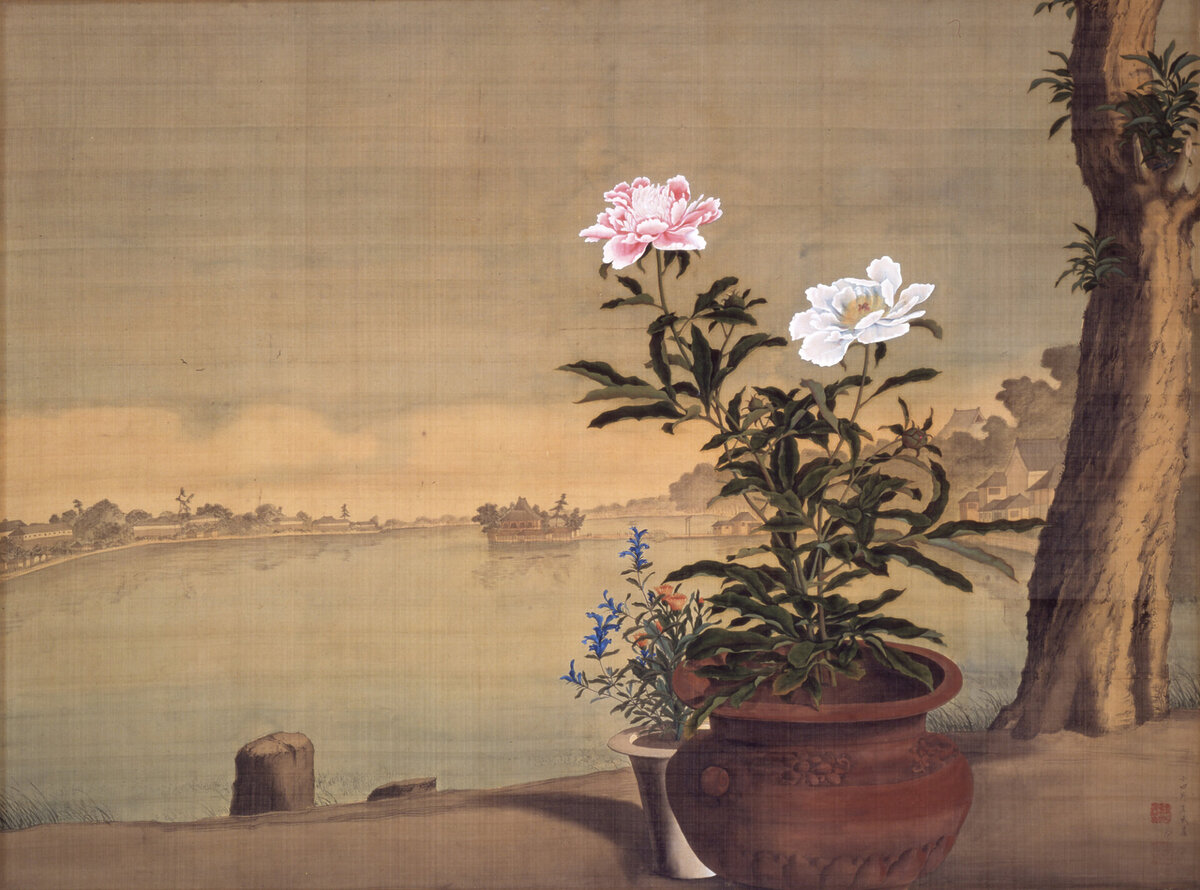
Who is Odano Naotake, a genius painter who was a samurai but created Japan's first Western film, Akita Ranga? [Akita Prefecture]
table of contents
- 1 Odano family residences still remain on Kakunodate Samurai Dori Street
- 2 Hiraga Gennai was called to Akita to rebuild the mine.
- 3 Odano Naotake, a samurai from Kakunodate whose talents have blossomed by Hiraga Gennai
- 4 It was only eight months after meeting Gennai, Naotake, who was in charge of the illustrations for "Kaitai Shinsho."
- 5 Akita Ranga, a collection of Kubota Domain's retainers and Kubota Domain's lord
- 6 Naotake passed away at the age of 32. Five years later, Akebonoyama died, and Akita Ranga lost his central character, suspending his activities.
- 7 Hirafuku Momoho is a great helper who made the forgotten "Akita Ranga" known to the world
- 8 Stay for 4 months. Hiraga Gennai, not just "Akita Ranga" - achievements left behind in Akita
Odano family residences still remain on Kakunodate Samurai Dori Street
In a corner of Kakunodate Samurai Mansion Street in Kakunodate, Senboku City, Akita Prefecture, there is the Odano family, a retainer of the Kubota Domain (Akita Domain).
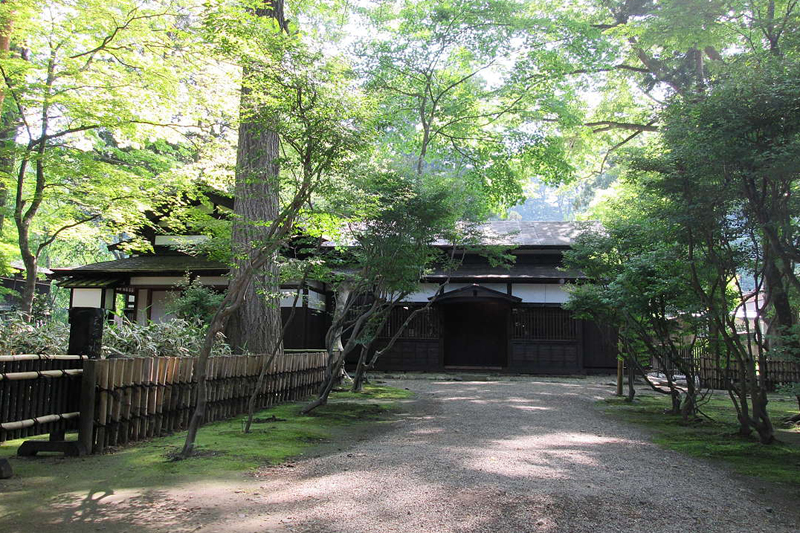
The Odano family has been retainers since the time when the lord of Hitachi Province (Ibaraki Prefecture) before the Satake clan of Kubota Domain arrived in Akita, and have moved to Akita following the Satake clan. He was later assigned to Kakunodate and became a subordinate of the Satake Kita family, a branch of the Satake Hon family (the lord of the Kubota domain). From the Odano family in the middle of the Edo period, they produced a person who would leave their mark in future generations, Odano Naotake (1749-1780).
The Odano family building was burned down in the Kakunodate Fire that occurred in 1900 (Meiji 33), but it was quickly rebuilt, retaining the appearance of a samurai residence. It has been designated as a historic site in Senboku City.
Odano family site <Information>
- Facility name: Odano family site
- Location: 10 Higashikatsurakucho, Kakunodate-cho, Senboku-shi, Akita Prefecture
- Phone number: 0187-42-8280 (Tazawa Lake and Kakunodate Tourism Association)
- Opening hours: 9:00-17:00
- Closed: Closed from December to early April
- Admission is free
- URL: Kakunodate Samurai Mansion Street
- access
- Public Transportation: Approximately 20 minutes on foot from Akita Shinkansen, JR Tazawako Line, Akita Uchiriku Longitudinal Railway Kakunodate Station
- Car/Approximately 39 minutes from the Akita Expressway Kyowa IC via National Routes 341 and 46
Google Map
Hiraga Gennai was called to Akita to rebuild the mine.
When Naotake became a young man, the Kubota Domain was in a difficult situation as its revenue from the mines, which were important sources of funds, fell. At that time, the mines in the Kubota domain had only old knowledge of mining methods and smelting techniques, so not only were they of poor quality, but no new veins could be found, and production volumes had fallen. Therefore, the seventh lord of the domain, Satake Shozan (Yoshiatsu) (1748-1785), invited Hiraga Gennai (1728-1779), who had begun mining operations in Edo, to Akita and received guidance on new technologies such as mining and refining.
Hiraga Gennai is a doctor who was skilled in Dutch studies (Langak/Western thinking that came to Japan via the Netherlands during the era of isolation), and is known as a person who demonstrated a wide variety of talents, including inventors, haiku poets, writers, and painters. He also studied geology and refinement methods in Nagasaki, and was a miner who ran mines in Hyogo and Chichibu (Saitama prefectures). (※There are various documents regarding Hiraga Gennai's life, but this section refers to documents from Gennai's hometown of Sanuki City, Kagawa Prefecture)
Odano Naotake, a samurai from Kakunodate whose talents have blossomed by Hiraga Gennai
Gennai left Edo in June 1773 and later grew into the largest silver mine , and advised them on improvement measures. Without staying at the Innai Silver Mine for a long time, we headed straight to the Ani Mine
Meanwhile, in Kakunodate, he sets up a lodging in the Goi family, a merchant for the domain. The Goi family has a splendid painting of fusuma, and when they learn that the author is Odano Naotake, a 24-year-old samurai who lives in Kakunodate, a retainer of the Kubota domain and is a resident of Kakunodate, he immediately invites him. Gennai fell in love with Naotake's talent and taught Western painting techniques that he learned in Nagasaki, such as the shading technique and perspective technique that he had not been found in Japanese paintings such as the Kano school and ukiyo-e. It is said that Gennai also showed a picture of the Dutch or Western books that he had at that time, showing what Western paintings were like.
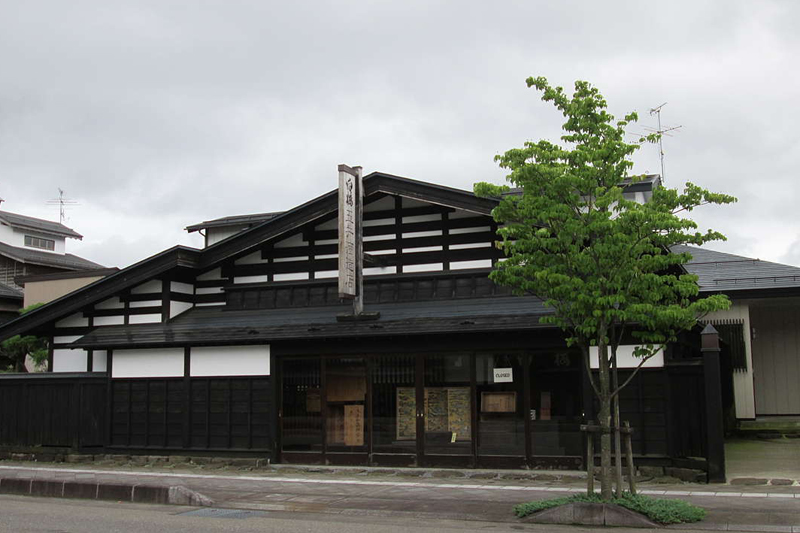
Goi Family Housing <Information>
- Facility name: Goi Family Housing (Goi Sake Brewery)
- Location: 49 Yokocho, Kakunodatecho, Senboku City, Akita Prefecture
- Phone number: 0187-42-8280 (Tazawa Lake and Kakunodate Tourism Association)
- *Only the exterior is available for viewing.
- URL: Kakunodate Samurai Mansion Street
- access
- Public Transportation: Approximately 20 minutes on foot from Akita Shinkansen, JR Tazawako Line, Akita Uchiriku Longitudinal Railway Kakunodate Station
- Car/Approximately 39 minutes from the Akita Expressway Kyowa IC via National Routes 341 and 46
Google Map
It was only eight months after meeting Gennai, Naotake, who was in charge of the illustrations for "Kaitai Shinsho."
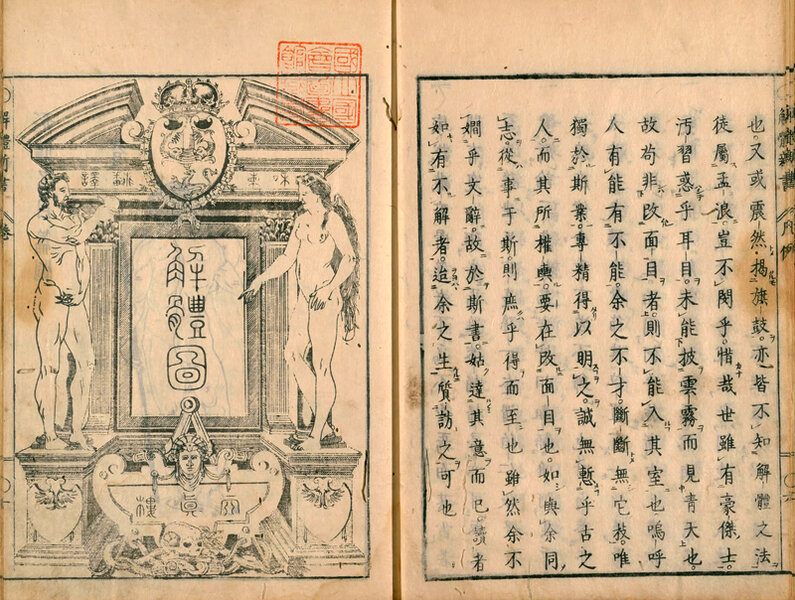
The same year, good fortune will come to Naotake. The domain ordered him to go to Edo. Naotake attended Gennai, who had returned to Edo from the Kubota domain, and had interacted with Dutch scholars, and learned Western paintings from various books of Orchid. he was in charge of the illustrations for Shinsho written by Dutch doctor Sugita Genpaku (1733-1817)
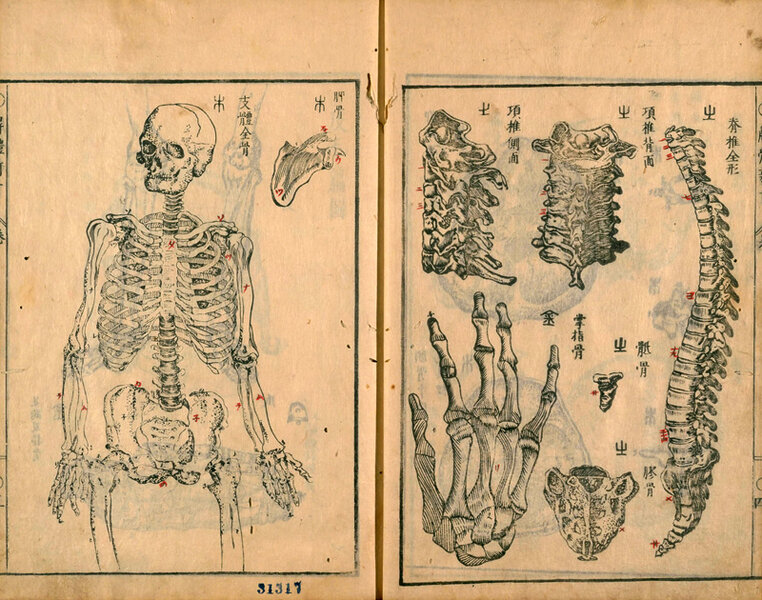
The Kaitai Shinsho was published in 1774, "Tarhel Anatomy, a Dutch translation of the anatomy book written by the German doctor Krums, mainly by Sugita Genpaku and Maenor Ryoutaku (1723-1803). It is Japan's first full-scale translated medical book, and is also known to have been created for the first time when words such as "nerves," "cartilage," and "arteries," which are used today" (translated and added by the Agency for Cultural Properties Online).
Akita Ranga, a collection of Kubota Domain's retainers and Kubota Domain's lord
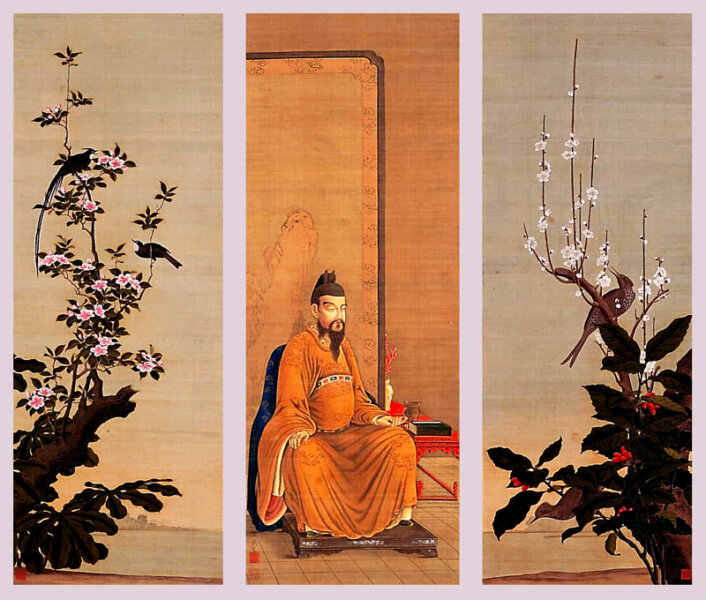
Naotake returned to Akita in 1777. The lord of the feudal lord, Satake Shozan, sent Naotake to Edo, and he himself had a deep knowledge of painting and also wrote his own writing. As soon as Naotake returned from Edo, he learned the Orchid art techniques that Naotake had acquired, and then he accompanied him when he took the Sankin Kota to Edo. The painting method, which was acquired by Naotake, Akebonoyama and others, adopted the first Western painting technique in Japan, spread mainly among the samurai of the Kubota domain, and became a school of "Akita Ranga" in future generations, and produced many wonderful works.

Naotake passed away at the age of 32. Five years later, Akebonoyama died, and Akita Ranga lost his central character, suspending his activities.
The honeymoon between Akebonoyama and Naotake suddenly comes to an end. The reason is unclear, but Naotake was suspended by Akebonoyama in the winter of 1779. And in despair, Naotake passed away the following May 1780. Naotake, 32, is the cause of his death, including illness and poisoning, but the truth is unclear.
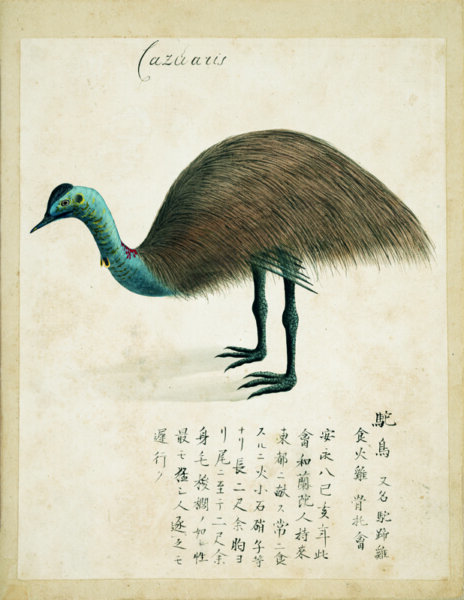
are thought to have been painted by Odano Naotake : Akita City Chiaki Museum
It is said that Akebonoyama lost interest in drawing Ranga after Naotake's death. Furthermore, Akebonoyama, who was originally sick, passed away five years after Naotake's death at the age of 38. With the death of Akebonoyama, the production activities for Akita Ranga, which lost the central character, ended in just seven years.

: National Museum
It is believed that many of the works of Akita Ranga were portrayed when Akebonoyama and others who came to Naotake and Sankinkota were in Edo, but their period of activity was too short, and after Akebonoyama's death, they became completely forgotten. However, Naotake's established Western painting techniques were introduced to Shibakokan (1747-1818) in Edo, apart from the Akita Ran painting, and led to the maturation of ukiyo-e and Japanese painting.
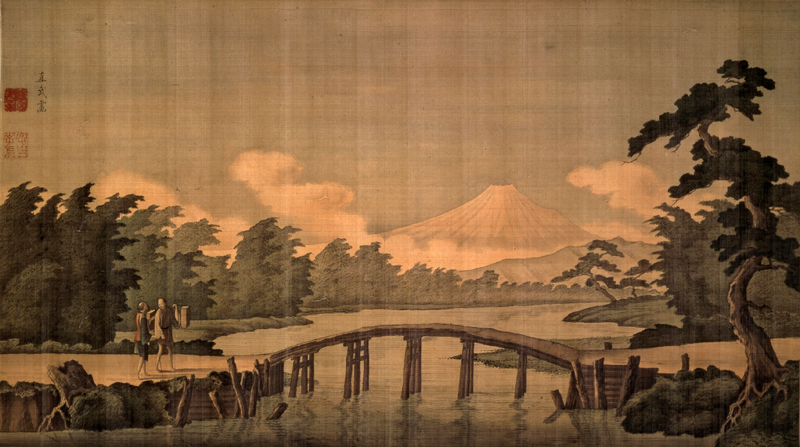
Hirafuku Momoho is a great helper who made the forgotten "Akita Ranga" known to the world
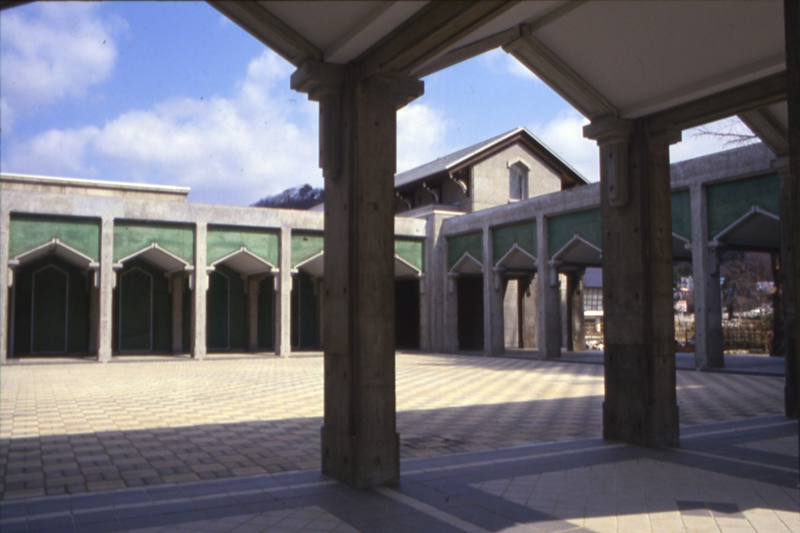
Akita Ranga, whose activities in the Kubota domain had disappeared, has been forgotten for a long time. The Japanese painter Hirafuku Hyakusui (1877-1933) shines light on the buried works again, and he woke up from a 50-year slumber just over 100 years ago.
published a book about Akita Ranga in 1930 (Showa 5) called " The Eightyness of Japanese Western Paintings Furthermore, shortly after the war, Odano Naotake's " Shinobata Pond Map " was discovered, and in 1968 it was designated as an Important Cultural Property of the National Museum, and Akita Ranga was generally recognized.
Hirafuku Momoho was born in Kakunodate and his father was Hirafuku Hoan (1844-1890), known as a master of modern Japanese painting. He studied painting from his father from a young age, and after his father's death he began to seriously enter the path of painting. He advocated naturalism and realism, and left behind many works. Hirafuku Memorial Museum named after Hoan and Momoho, was erected in the Kakunodate, and works by local artists, including Hirafuku Hoan and Momoho father and son, are on display.
Hirafuku Memorial Museum <Information>
- Facility name: Hirafuku Memorial Museum
- Location: 4-4 Omotemachi Kamicho, Kakunodate-cho, Senboku-shi, Akita Prefecture
- Phone number: 0187-54-3888
- Opening hours
- April to November/9:00 to 17:00
- December - March / 9:00-16:30 (Last admission is 16:00)
- Closed: New Year's holidays (December 28th to January 4th) * January 1st is a special opening day, and every Monday during the winter period (December to March) *Temporary closure is available for change of exhibitions
- Admission fee: Adults (high school students and above) 500 yen, Children (elementary and junior high school students) 300 yen Free for those under 6 years old
- URL: Hirafuku Memorial Museum
- access
- Public Transportation: Approximately 25 minutes on foot from Akita Shinkansen, JR Tazawako Line, Akita Uchiriku Longitudinal Railway Kakunodate Station
- Car/Approximately 40 minutes from Omagari IC on the Akita Expressway via National Route 1025, or approximately 1 hour 15 minutes from Morioka IC on the Tohoku Expressway
Google Map
Stay for 4 months. Hiraga Gennai, not just "Akita Ranga" - achievements left behind in Akita
Hiraga Gennai was said to be a free-school man or a strange man, and in Edo he lived a free life, but in Sanuki (Kagawa Prefecture), he was a servant of the Takamatsu domain. He travels to Nagasaki on orders from the Takamatsu Domain and is exposed to Western culture. Gennai is an incredible person who has stuck his head into various things and has taken it into account, but he is particularly knowledgeable about Dutch studies, and as part of this he learned the techniques of Orchid painting (Western painting). It is said that he learned the techniques of Orchid painting on his own after looking at books and art books on Dutch studies.
In addition to "Akita Ranga," Gennai was involved in Akita, there are also Ani ware and Shiraiwa ware. the paper balloon lifting held in Hinokinai in Nishikicho, Senboku City during the Lunar New Year (Little New Year) is also known as the prototype of Gennai teaching him a play that applies the principle of hot air balloons.



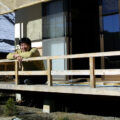


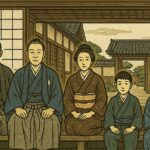
![[Akita Prefecture during the Boshin War] What were the decisions of the Kubota, Kameda, Honjo, and Yajima domains? 24115050_m](https://jp.neft.asia/wp-content/uploads/2022/06/24115050_m-150x150.jpg)
![[Akita Prefecture] Kosaka Town is a town that has taken you back in time to the Meiji era. Cultural heritage left behind by Kosaka Mine 1_22](https://jp.neft.asia/wp-content/uploads/2023/07/1_22-150x150.jpg)
![Hiyama Ando clan, ruled Akita during the Sengoku period and based in Noshiro [Akita Prefecture] Akita Fan](https://jp.neft.asia/wp-content/uploads/2025/03/0275d341934f847be3452ea4662d9a4e-150x150.jpg)
![The foundation of Akita City is the castle town of Kubota Castle, created by Satake Yoshinobu [Akita Prefecture] Yoshinobu Satake](https://jp.neft.asia/wp-content/uploads/2024/01/Satake_Yoshinobu-150x150.jpg)
![The historical heritage of Yurihonjo City, which was established by three domains during the Edo period [Akita Prefecture] Tensagi Castle, a theme park that collects the history of the former Kameda domain ©Tabi Tohoku](https://jp.neft.asia/wp-content/uploads/2024/07/78f1019a234bb8928a04b0041a2a581d-150x150.jpg)
![Historic buildings in Odate City, sparing the war caused by the Boshin War [Akita Prefecture] A wonderful garden can be seen from the tatami room of Torigata Kaikan (former Torigata landlord's house) ©Odate City](https://jp.neft.asia/wp-content/uploads/2024/07/edbe4dbfd0fab012caccc9dc56b1bb39-150x150.jpg)
![Hot springs gush out in a place where there are no volcanoes! "Yuzawa Geopark" where you can see the mystery of the earth up close [Akita Prefecture] 4550228_m](https://jp.neft.asia/wp-content/uploads/2023/02/4550228_m-150x150.jpg)
